TP-Link Archer AX50 vs. AX21: Which Wi-Fi 6 router should you buy?
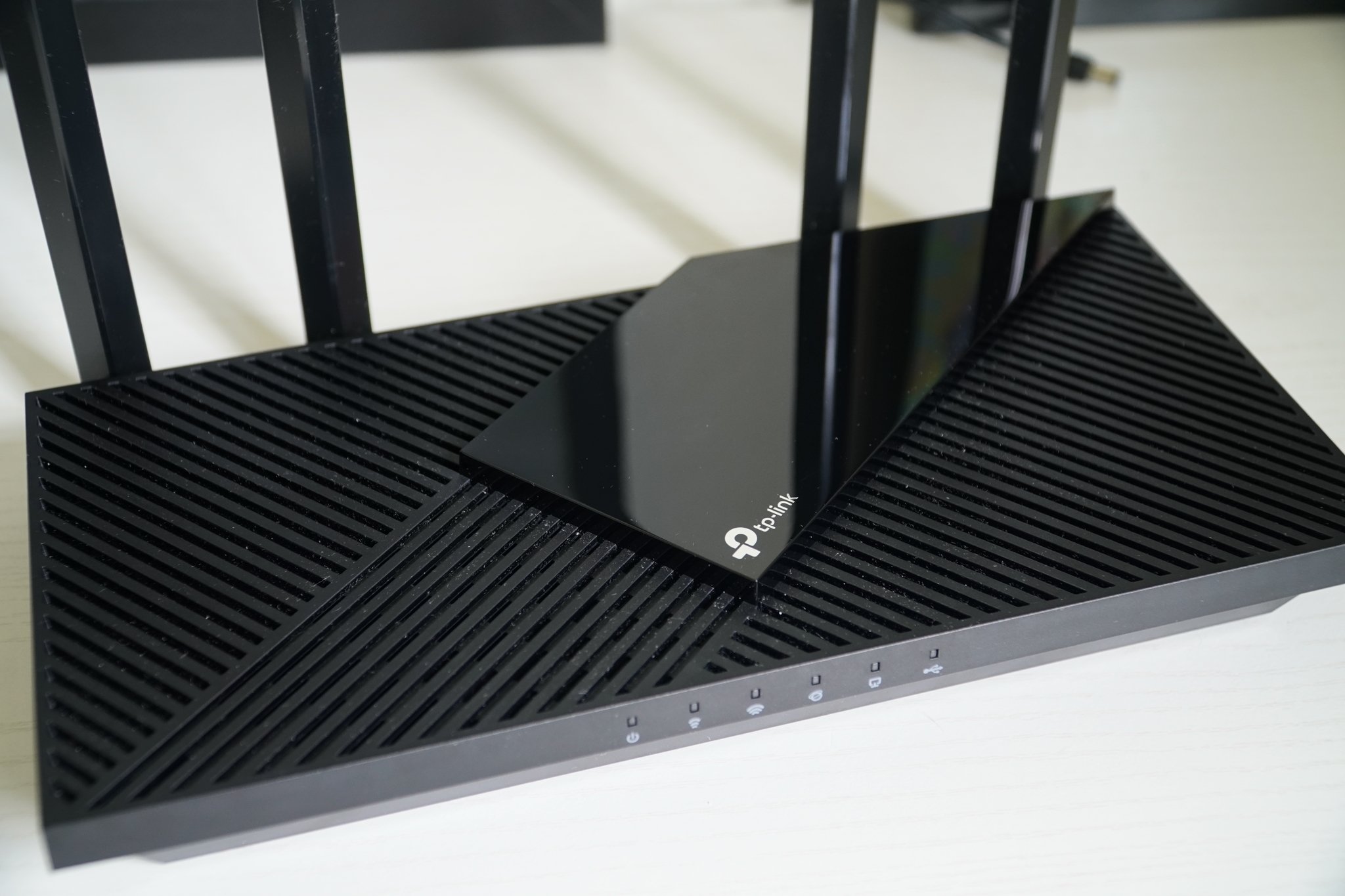
TP-Link Archer AX21
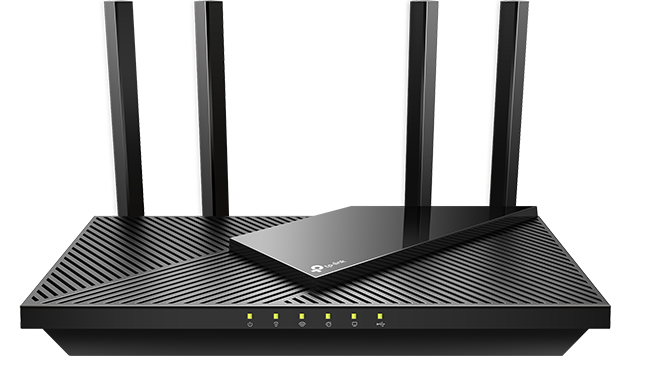
The TP-Link Archer AX21 is a great balance for most families looking for a simple router to log online that also packs plenty of speed. The AX1800 connection can connect most Wi-Fi 6 devices at full speed and has enough coverage for a three-bedroom home with the option to expand coverage with OneMesh extenders using the same WI-Fi name.
TP-Link Archer AX21
Just enough speed
TP-Link Archer AX50
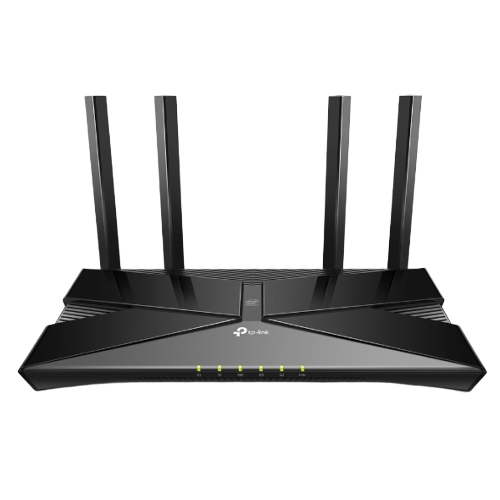
The TP-Link AX50 is a great upgrade for a family who needs a fast WI-Fi 6 connection for multiple devices at once. The AX3000 speeds are enabled by 160MHz support allowing even greater speeds for support devices like high-end PCs and phones. HomeCare software includes additional antivirus security and robust parental controls with custom profiles.
TP-Link Archer AX50
Great for families
The TP-Link Archer AX21 strikes nearly the perfect balance for what most people need in a Wi-Fi 6 router with more than adequate AX1800 speeds and expansion options with OneMesh. With a great price under $100, most people will get all the speed they ever need from this router. However, if you know you need a little more speed or want to take advantage of multi-gig 160MHz Wi-Fi 6 connections, the Archer AX50 is a great upgrade. Its AX3000 connection doubles the 5GHz capacity compared to the AX21 with 2402Mbps. This is great for a home with a lot of simultaneous users.
TP-Link Archer AX50 vs. AX21: Dual-band speed
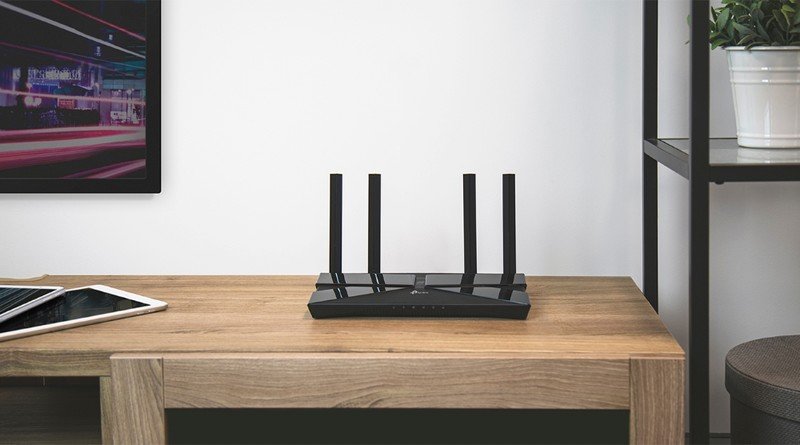
Both the TP-Link Archer AX21 and AX50 are dual-band Wi-Fi 6 routers. This means one band runs at 2.4GHz, delivering up to 574Mbps and an additional 5GHz band. On the AX21, the 5GHz band is capable of 1201Mbps with 80MHz of bandwidth, while the AX50 takes it up to 2402Mbps with 160MHz of bandwidth. Of course, some devices like the Samsung Galaxy S20 Ultra will be able to use the full 160MHz, but for the most part, this extra capacity benefits multiple simultaneous connections.
With most of our internet connections maxing out at 1Gbps, the extra speed of the AX50 won't be of a ton of use to most people. It can keep things running more smoothly with a full house, but the biggest benefits will be those with network storage solutions. The AX50 will also have more speed available to keep things running fast if you choose to expand your coverage down the line with a OneMesh compatible extender.
It's worth keeping in mind that either of these routers has plenty of speed for web browsing, downloading large files, and even streaming 4K video without buffering. In a home with one or two people, it's very likely that the additional speed of the AX50 will go completely unnoticed.
| Header Cell - Column 0 | TP-Link Archer AX21 | TP-Link Archer AX50 |
|---|---|---|
| Wireless | Dual-band AX1800 Wi-Fi 6 | Dual-band AX1800 Wi-Fi 6 |
| Speed | 574Mbps at 2.4GHz 1201Mbps at 5GHz | 574Mbps at 2.4GHz 2402Mbps at 5GHz |
| Ethernet | 4x gigabit | 4x gigabit |
| USB | 1x USB 2.0 Type-A | 1x USB 3.0 Type-A |
| Mesh expansion | OneMesh | OneMesh |
| Parental controls | Basic | HomeCare |

Both of these devices have four gigabit Ethernet ports for wired devices. Neither solution comes with a multi-gig wired option. The Archer AX21 has a USB 2.0 port which you can use for network storage accessible to connected devices, though the speed is much slower than the USB 3.0 port on the AX50. If you need the extra speed of a fast network drive and don't have a great NAS solution, the Archer AX50 is more capable.
Get the latest news from Android Central, your trusted companion in the world of Android
Both of these routers can be set up in minutes using the TP-Link app. The app is available on Android and iOS and will guide you through getting connected, setting up your Wi-Fi name and password, and will give you access to basic wireless settings. Your Wi-Fi bands will combine under a single name by default, though you can separate them using the web interface. The web interface access to all of the advanced settings you'll need if you want to fully customize your network.
TP-Link Archer AX50 vs. AX21: Coverage and OneMesh
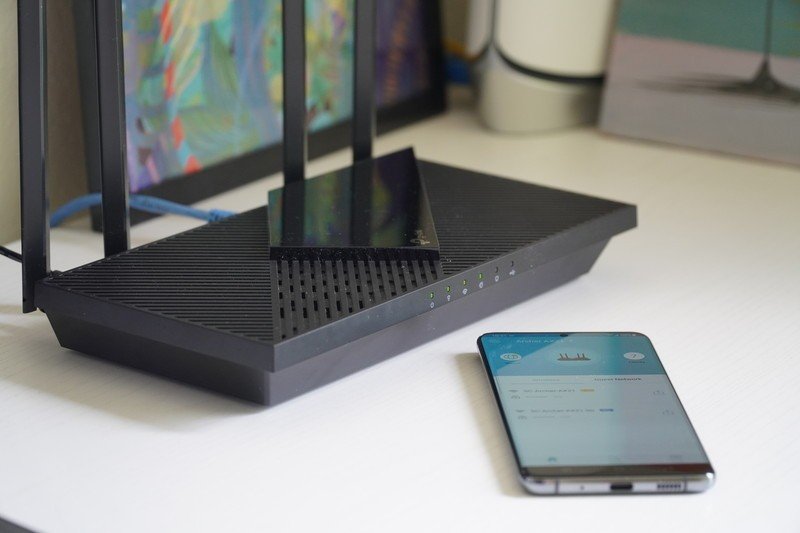
TP-Link reckons these routers have roughly the same coverage capabilities with enough power for a three-bedroom home. This will be fine for most people and is on par for this tier of router. If you need more coverage than that from a single router, a tri-band solution like the Archer AX90 is a solid upgrade. If you know you'll need more than that, picking up a fast Wi-FI 6 mesh system might be a better start.
Still, these routers will be a solid fit for most homes, and if you find that coverage isn't quite solid enough down the line, you can expand your coverage with OneMesh. OneMesh allows you to use a compatible TP-Link wireless extender to add a bit more range. Unlike older extenders, OneMesh allows you to use the same Wi-Fi name across your home, and your devices will be able to connect to the new access point automatically.
TP-Link Archer AX50 vs. AX21: Is HomeCare worth the upgrade?
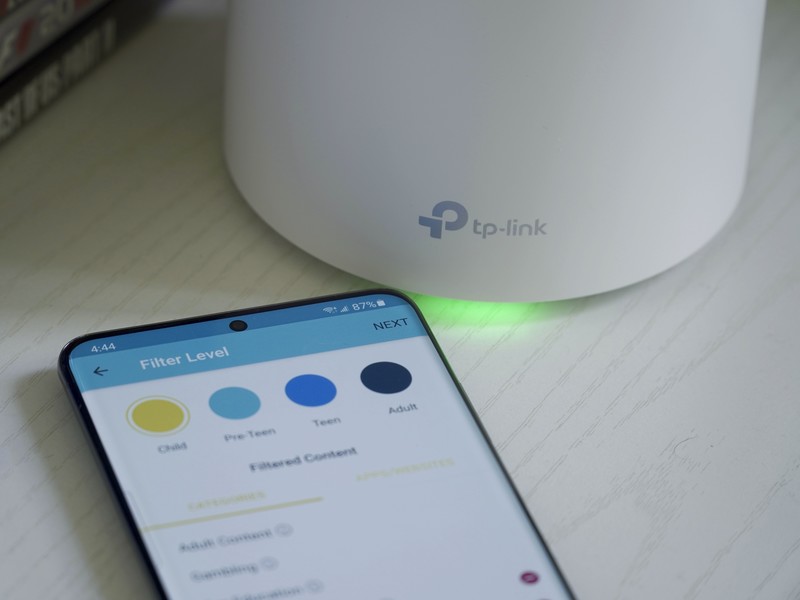
One big difference between these two routers is including HomeCare on the AX50. HomeCare is a software package from TP-Link that includes advanced security, preventing devices from accessing known risky websites. It can also isolate infected devices from the rest of your connected devices.
HomeCare also includes advanced parental controls. The AX21's parental controls are limited to specific site blacklisting and setting time schedules per device. HomeCare on the AX50 takes things to the next level with the ability to create profiles for different users, set more in-depth schedules, and block access based on precompiled filters rather than tracking down a list of sites to blacklist. This allows parents to control all of a child's devices from one place and can even give them reports on that profile's usage.
TP-Link Archer AX50 vs. AX21: Which should you buy?

The Archer AX50 is a great upgrade to the AX21, especially if you want the improved security and parental controls that come with HomeCare. The extra speed available with the AX50 will also appeal to those looking to get as much performance as possible from their connected devices, including a NAS. Still, for someone just looking for a simple way to get online with enough speed for just about anything most people do on their network, including buffer-free 4K streaming, the AX21 is one of the best cheap Wi-Fi 6 routers you can get.

When Samuel is not writing about networking or 5G at Android Central, he spends most of his time researching computer components and obsessing over what CPU goes into the ultimate Windows 98 computer. It's the Pentium 3.
